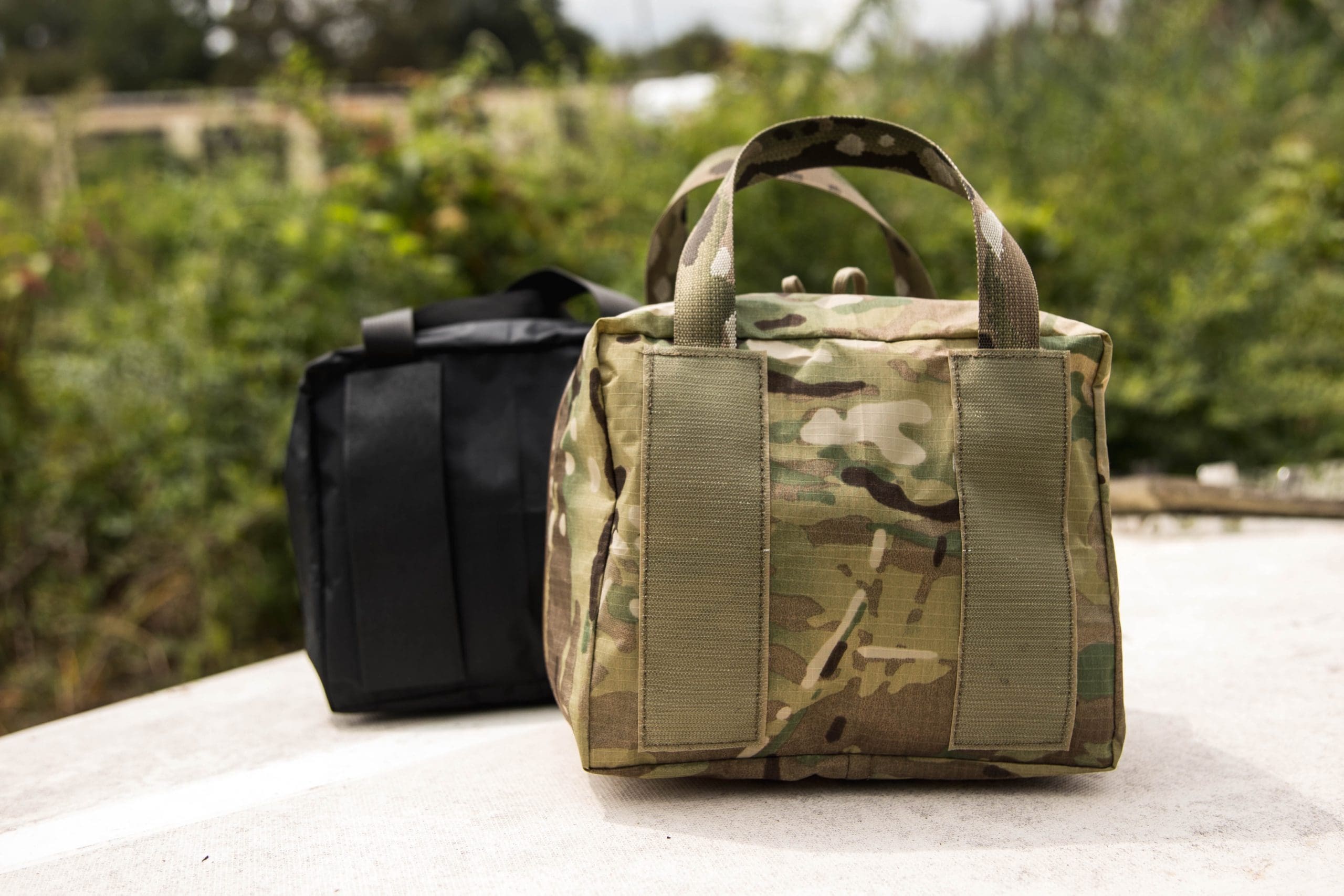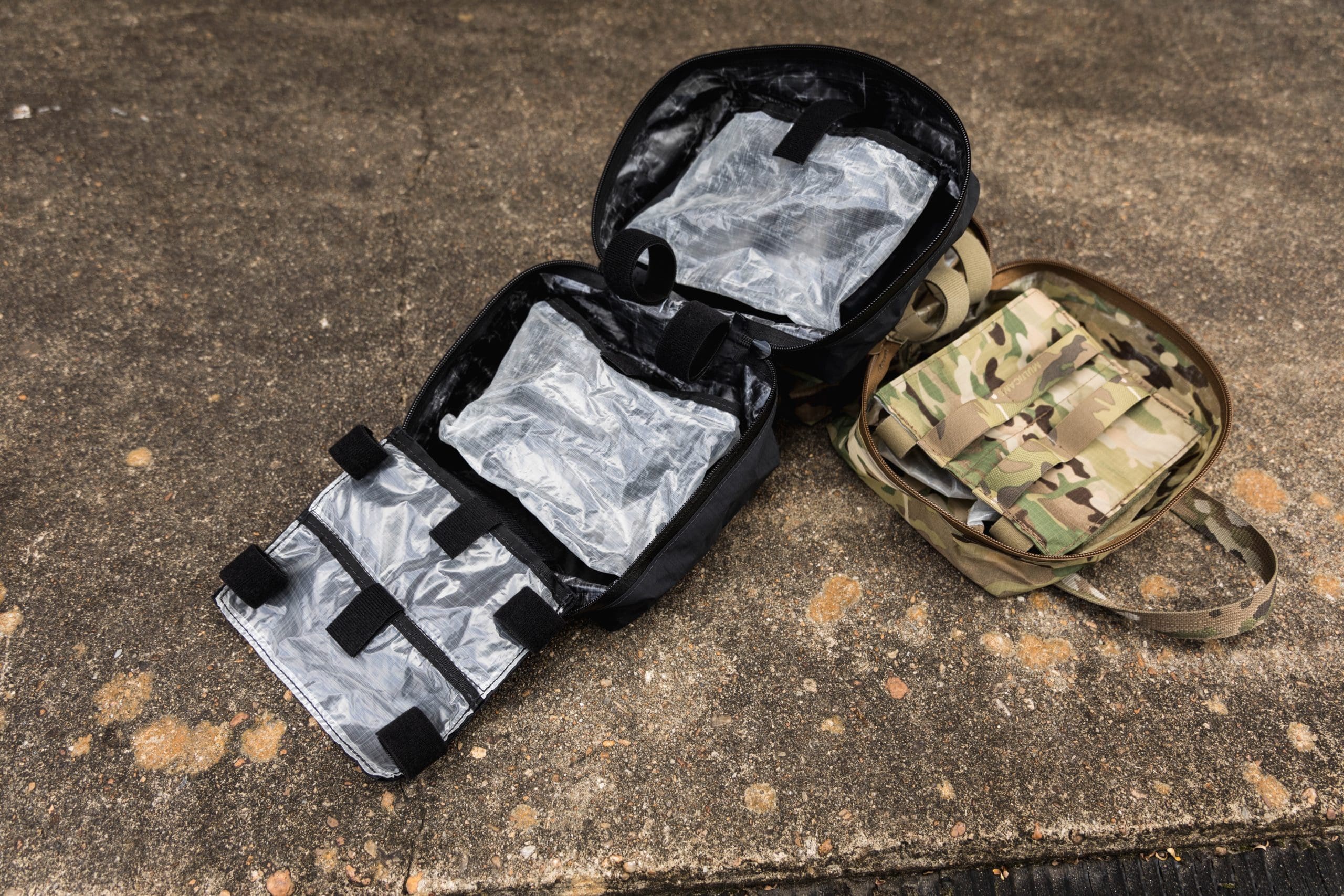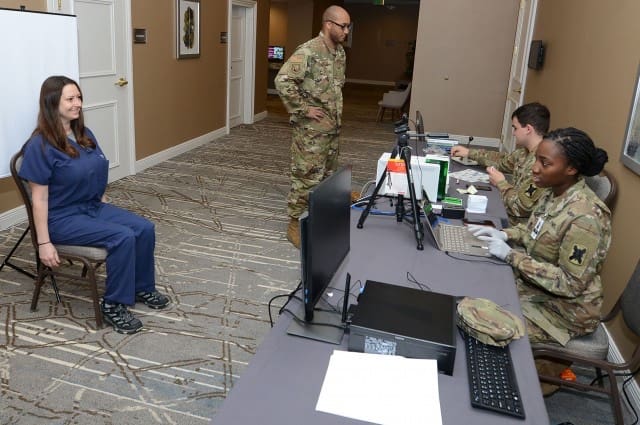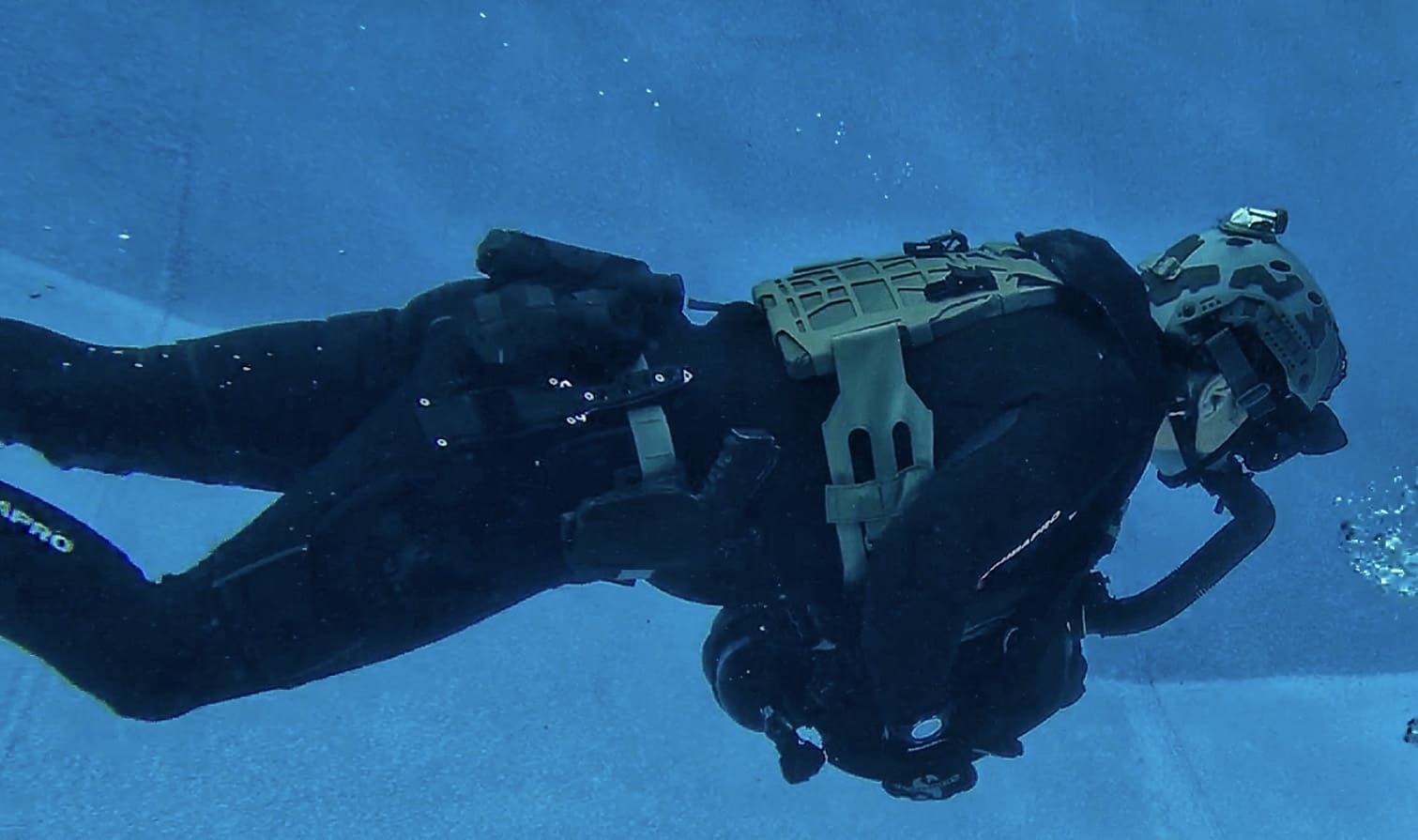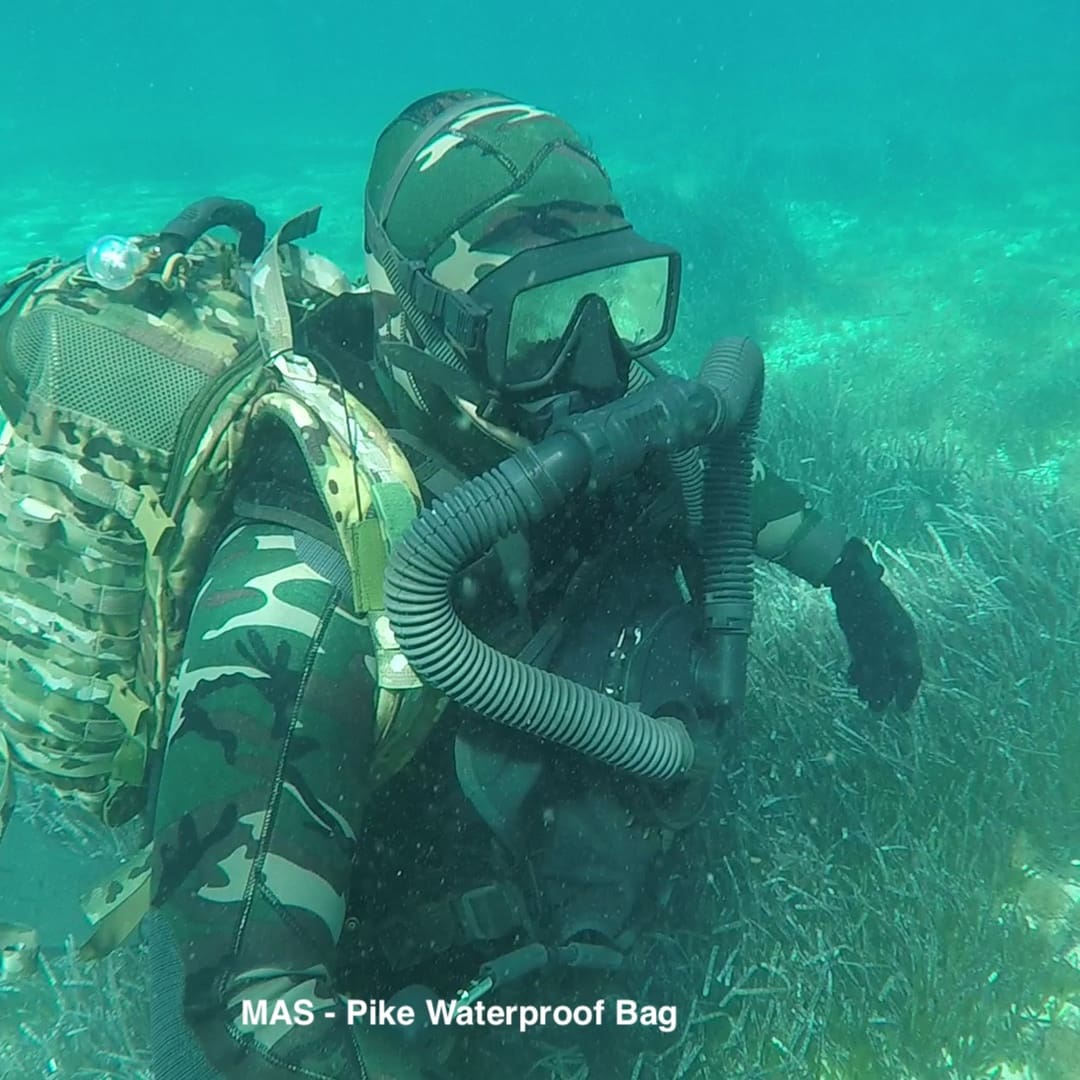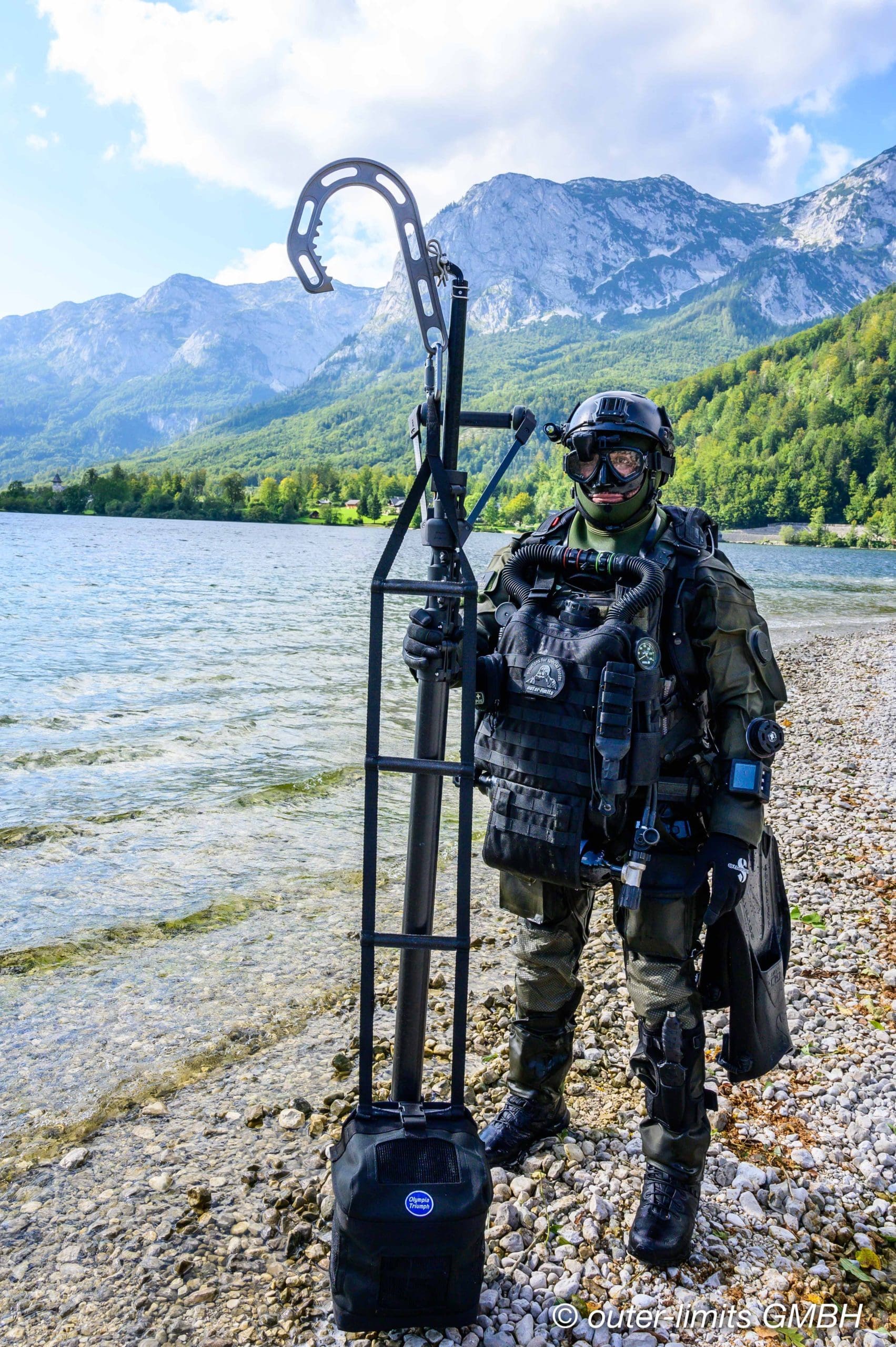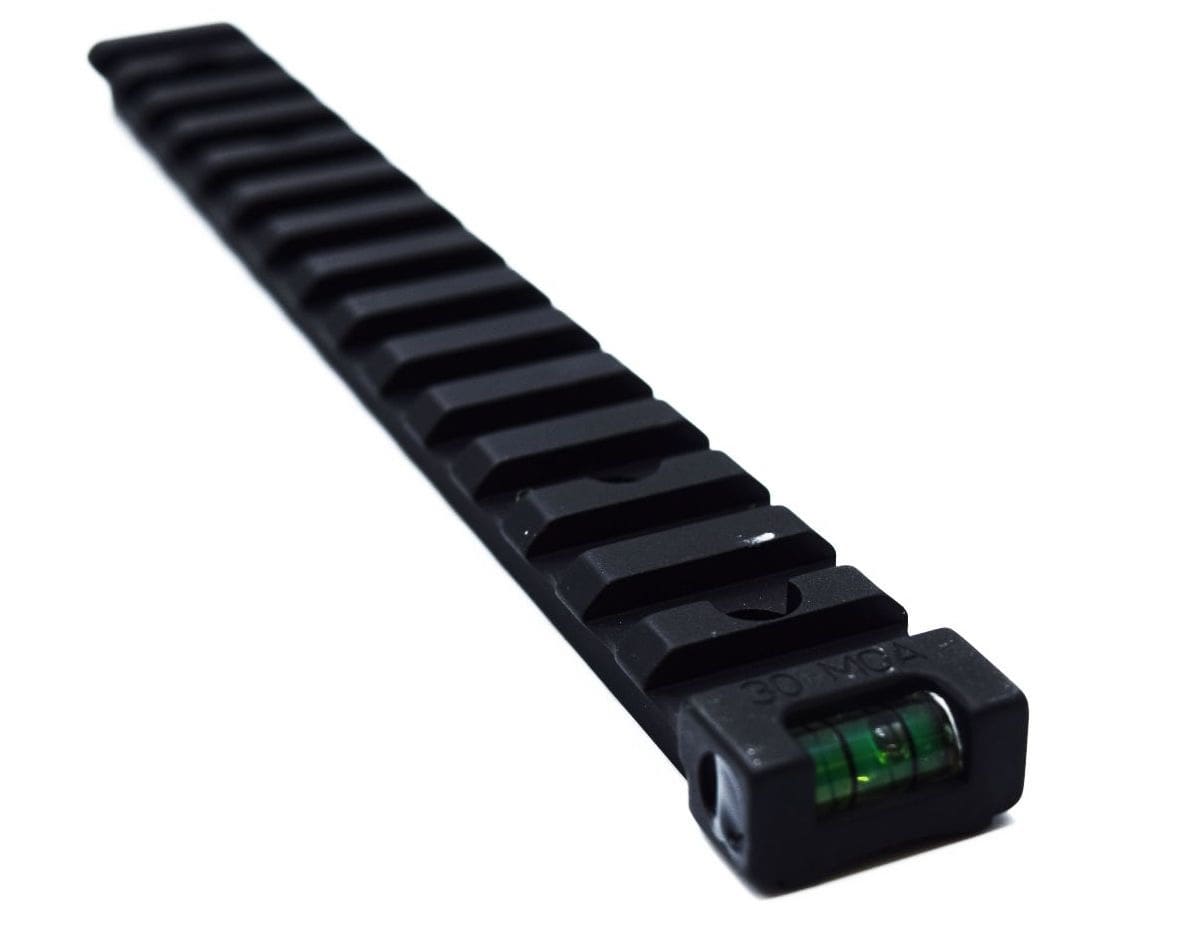
August 31, 2020 (Redmond, WA) – Celebrating 20 years of partnership, Raytheon Technologies has recognized B.E. Meyers & Co. for supplier performance and a commitment to manufacturing excellence with their EPIC Award. The selection process evaluates more than 10,000 businesses and selects the top 32 subcontractors on the Raytheon Technologies vendor roster. EPIC Awards recognize a supplier’s overall Excellence in Performance, Innovation and Collaboration.
The B.E. Meyers & Co. Optoelectronic Systems team specializes in integrating infrared and visible laser modules into sensor pods for unmanned aerial systems, fixed wing aircraft, rotary wing aircraft, integrated fixed towers and masts, remote weapon stations, and land-based vehicles. For more than 20 years, B.E. Meyers & Co. has provided Raytheon Technologies with pointing and illumination components for various platforms and applications.
“We have always relied on our strong partnerships to deliver the most advanced technology available,” said Matthew Meyers, CEO of B.E. Meyers & Co. “We are committed to continued collaboration with Raytheon Technologies on new programs as we cooperatively advance and evolve capabilities in service to customers worldwide.”
Watch the video here.
For more information, please contact B.E. Meyers & Co. at info@bemeyers.com.


